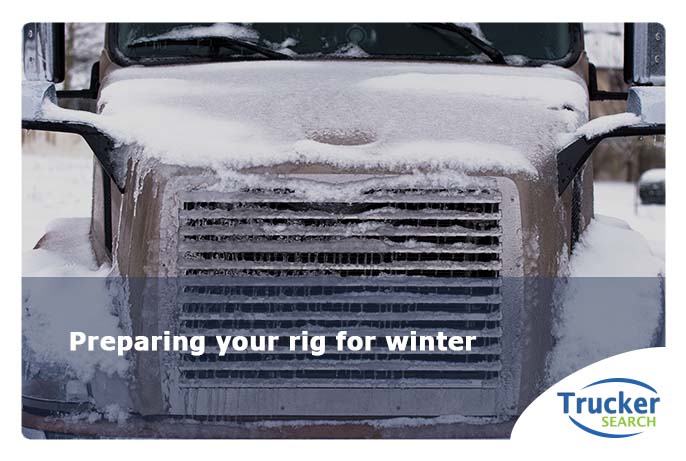Winter is here! The leaves have fallen and frost is on the ground in the mornings, which means that the snow and ice of winter are coming soon. This holiday season, before the outdoors become uninhabitable, is the perfect time to prepare your truck and ensure it is winter ready. While you’re thinking about getting your truck ready for winter, read our helpful tips for making your winter travels safer and more comfortable.
Winter is Finally Here!
It may seem like Winter rolls around faster than other seasons, and that may be because we dread taking out the winter coat, gloves, and snow shovels. Even though Winter may be inconvenient, it should not be something to be dreaded as it is a very beautiful time of year with plenty of celebrations taking place. If you know the right procedures to stay safe while driving, your winter can be a blast!
You may not have noticed the day it became cold enough to wear a coat because that change is usually gradual, but when the frost begins to collect on the ground, you likely know that winter will be approaching soon. Something that most people do automatically is to locate all the cold weather gear as winter begins to take hold. In addition to this, many families gather firewood, ensure their homes are well fueled, and stock up on groceries in case the weather becomes too bad to get outside. With all this home preparation, you should also think about your truck.
Frightful Cold
Driving in the winter can be scary as there are added hazards to the road including slick roadways, high winds, and low visibility. Keeping your cool is necessary in these situations. The best way to stay calm is by knowing you have the tools to get you out of sticky situations. Creating a game plan for how to act in dangerous situations can save your life and others.
Be Winter Ready
How can you be winter ready? Checking up on your truck and assembling a safety kit are great first steps. Inspecting your fuel filter, battery, and cooling system is crucial to starting the winter season correctly. Ensuring your fuel filter is clean and not contaminated with water can save your engine from failure. In addition to this, make sure your batteries are still strong. It is never a good idea to enter winter with weak batteries. Finally, while the cooling system may seem to be a weird place to check when you’re entering the coldest months of the year, checking to make sure your antifreeze is sufficient for freezing temperature is important. Antifreeze testers are cheap and can save thousands of dollars in engine repairs. Items you should include in your winter kit are extra winter clothes (especially gloves), a first aid kit, extra blankets, a flashlight and extra batteries, extra fuel filters and coolant. After creating this kit, there are many recurring things you should do throughout the season to make sure your truck is running at peak performance.
Alongside these preparations, you can use fuel additives throughout the winter to reduce the effect of diesel fuel crystallization at colder temperatures which will make the engine work efficiently. On the coldest days keeping the engine running may be your best defense against fuel gelling. Many trucks are equipped with fuel heaters that only work when the engine is running. If you can’t leave your engine running in sub zero weather a block heater can be a life saver. Check to make sure yours is working before you need it.
Final Thoughts
As winter progresses, it is important to make sure you have made all due preparations. Taking the time to prepare yourself and your truck will give you the best chance of having a safer, warmer, and happier winter. The cold is coming, so be safe out there!



